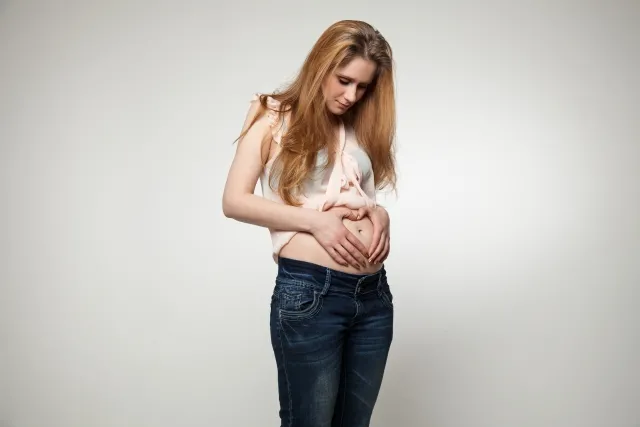Myomas are a gynecological condition that occurs in many women. Often they produce no symptoms, but in some cases they can hinder pregnancy and embryo implantation. Find out how to proceed when a woman with myomas is planning a pregnancy.
Myomas-what are they?
Myomas are a group of benign tumors made up of uterine muscle cells. Depending on the location, myomas are distinguished: intramural, submucosal and submucosal. Their occurrence is influenced by a number of factors, including. Genetic or obesity, for example. Not all myomas require surgical treatment. Some of them, especially those not causing any symptoms, are observed during regular ultrasound checks with a gynecologist. In some women, myomas produce symptoms. The most common are bleeding from the genital tract between periods and heavy hemorrhagic periods even leading to anemia. Sometimes, especially in young women, the only symptom of myomas is difficulty getting pregnant.
How do myomas affect pregnancies?
The most unfavorable, in terms of getting pregnant, is submucous myoma. Other-subserosal and intramural myomas, do not directly affect the endometrium unless they are of significant size (>6 cm) and can lead to impediments to embryo implantation. In addition, leaving such a myoma in place during pregnancy can lead to preterm labor due to the limited space in the uterine cavity. It is also a possible cause of postpartum hemorrhage, for example, through uterine atony. Large myomas are also believed to increase the risk of terminating a pregnancy by cesarean section. The good news, however, is that most myomas do not affect either getting pregnant or the pregnancy and delivery itself.
Read more: Problems getting pregnant
I have a myoma-what to do?
The management of a diagnosis of uterine myomas depends on a number of factors. Among those mentioned are. The woman’s age, her procreative plans or the size of the detected lesions. If a woman is trying to get pregnant, and it is suspected that the myoma is hindering the implantation or maintenance of pregnancy, the preferred solution is surgery to remove (extrude) the myoma by hysteroscopy or through laparoscopy. In older women and those with no plans for motherhood, one option is to remove the uterus – a hysterectomy. In most cases, however, especially in young women, myomas are small in size and do not affect pregnancy. However, regular visits to a gynecologist are important, who will evaluate the dimensions of the lesion in an ultrasound and initiate appropriate treatment if necessary.
Rate this article:











